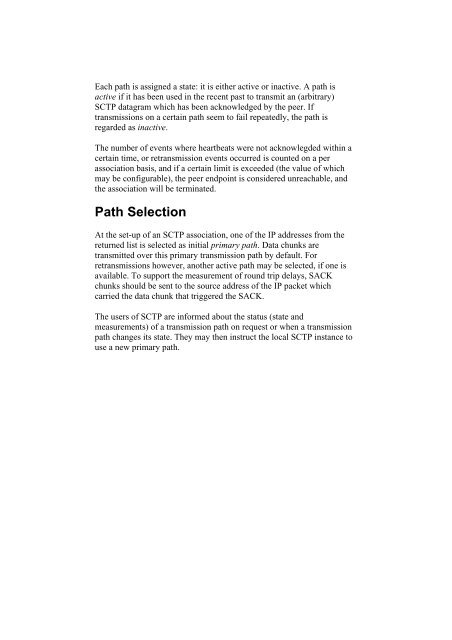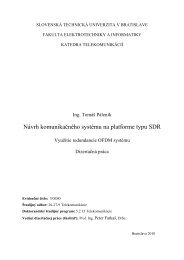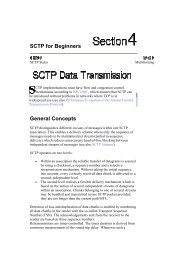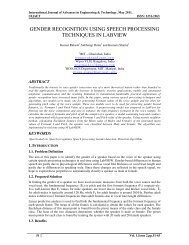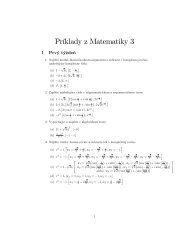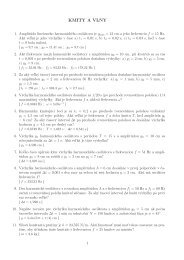05 SCTP for Beginners SCTP Multihoming.pdf
05 SCTP for Beginners SCTP Multihoming.pdf
05 SCTP for Beginners SCTP Multihoming.pdf
- No tags were found...
Create successful ePaper yourself
Turn your PDF publications into a flip-book with our unique Google optimized e-Paper software.
Each path is assigned a state: it is either active or inactive. A path isactive if it has been used in the recent past to transmit an (arbitrary)<strong>SCTP</strong> datagram which has been acknowledged by the peer. Iftransmissions on a certain path seem to fail repeatedly, the path isregarded as inactive.The number of events where heartbeats were not acknowlegded within acertain time, or retransmission events occurred is counted on a perassociation basis, and if a certain limit is exceeded (the value of whichmay be configurable), the peer endpoint is considered unreachable, andthe association will be terminated.Path SelectionAt the set-up of an <strong>SCTP</strong> association, one of the IP addresses from thereturned list is selected as initial primary path. Data chunks aretransmitted over this primary transmission path by default. Forretransmissions however, another active path may be selected, if one isavailable. To support the measurement of round trip delays, SACKchunks should be sent to the source address of the IP packet whichcarried the data chunk that triggered the SACK.The users of <strong>SCTP</strong> are in<strong>for</strong>med about the status (state andmeasurements) of a transmission path on request or when a transmissionpath changes its state. They may then instruct the local <strong>SCTP</strong> instance touse a new primary path.


